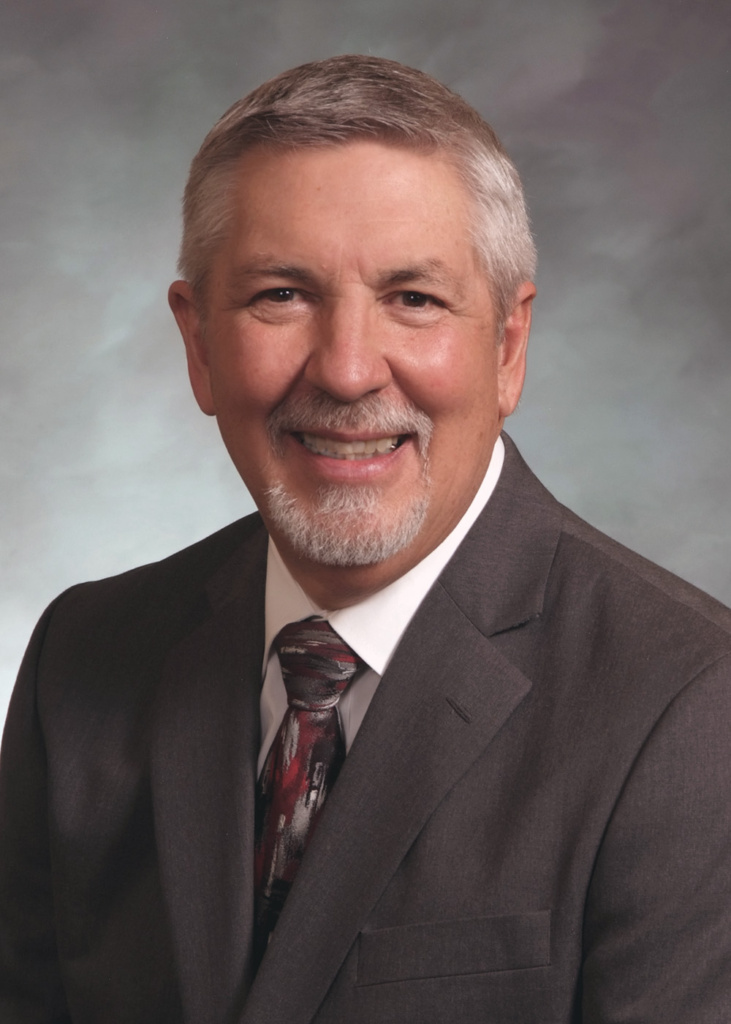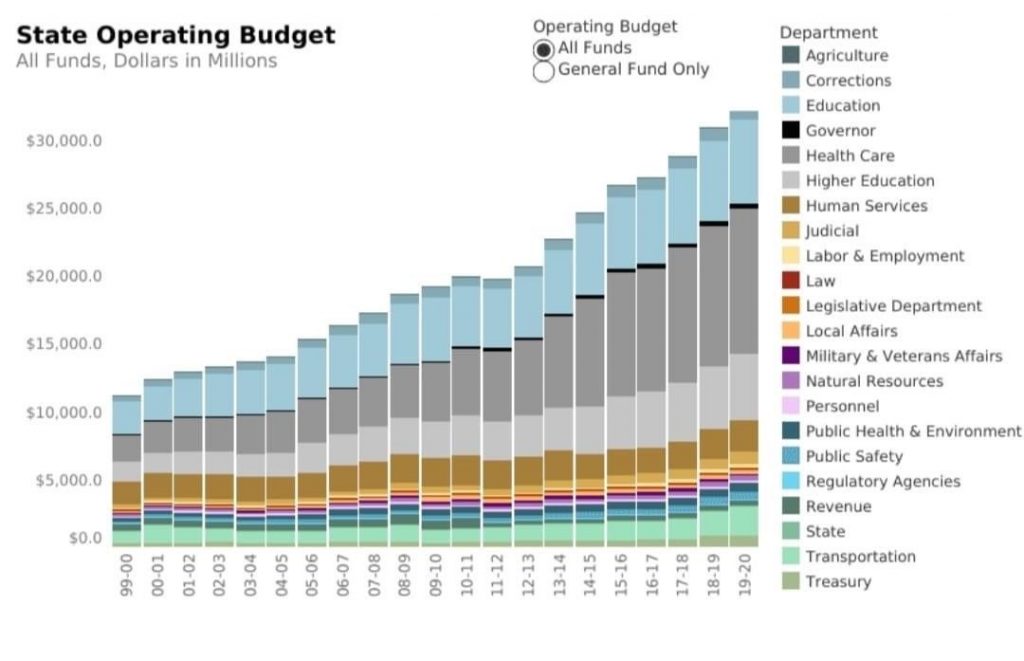Senator Hisey Newsletter

Senator Dennis Hisey (SD-2), whose senate district includes Clear Creek County, weekly emails a very informative newsletter of his activity in the Colorado Senate.
2022/23 Budget
April 13th, 2022
| The state operates on a fiscal year so our just approved budget of something over $36 billion will kick in on July 1st. You may see or hear other amounts like the $37.2 that the Senate passed last Thursday after we added our wish list to the budget where at least a majority of the Senators thought they were worthy causes. A quick review of the process; the Joint Budget Committee has been working since early November to present the legislature with a balanced budget. Which was $36.4 billion for the fiscal year 2022/23. The budget started in the House this year where they added their markups and sent it over to the Senate. We promptly stripped off their amendments and added our own markups taking it to the 37.2 billion number. Now the budget goes back to the Joint Budget Committee which acts as the conference committee, so you can guess what is going to happen to the markups the legislature spent two days debating. It’s a safe bet that the final number will be back around that 36 plus number. Some of the legislature’s wish lists could be funded out of an all-time high reserve of 15%. However, a smart legislator will have low expectations for any additional funds for their favorite cause. While the final, final budget is not quite done we are within a stone’s throw. |

| Besides the record reserves, here are a few other salient points. *With 3 billion in federal ARPA funding the state has more money than it has ever seen. *This budget added over 1,200 full-time equivalent employees to favored programs. *The citizens will receive a TABOR refund, but only after a couple of other programs that have been ruled to qualify as “refunds” are fully funded. In the serious problem category. * Undeniably accelerating the growth of government is a huge concern. *The expansion in departments that have clearly overgrown and overreached their mission needs to be looked at on a line-by-line basis. *The use of some, fortunately not all, of the one-time dollars to create or expand programs that will exist well beyond the four-year lifetime of those funds is not sustainable. This all sets up what we call the structural deficit. This basically means at some point in the future, sooner rather than later, there will not be enough revenue coming in to fund past and current commitments. This is what led me to another “no” vote on the budget this year. |


